1970s Hair: Long, Straight, and Center-Parted — The Hippie & Boho Signature
In the early 1970s, hair became the ultimate symbol of natural beauty and freedom, especially among hippies and bohemians. The long, straight, center-parted look dominated 1970s hair trends, embodying the relaxed, anti-establishment ethos of the counterculture.
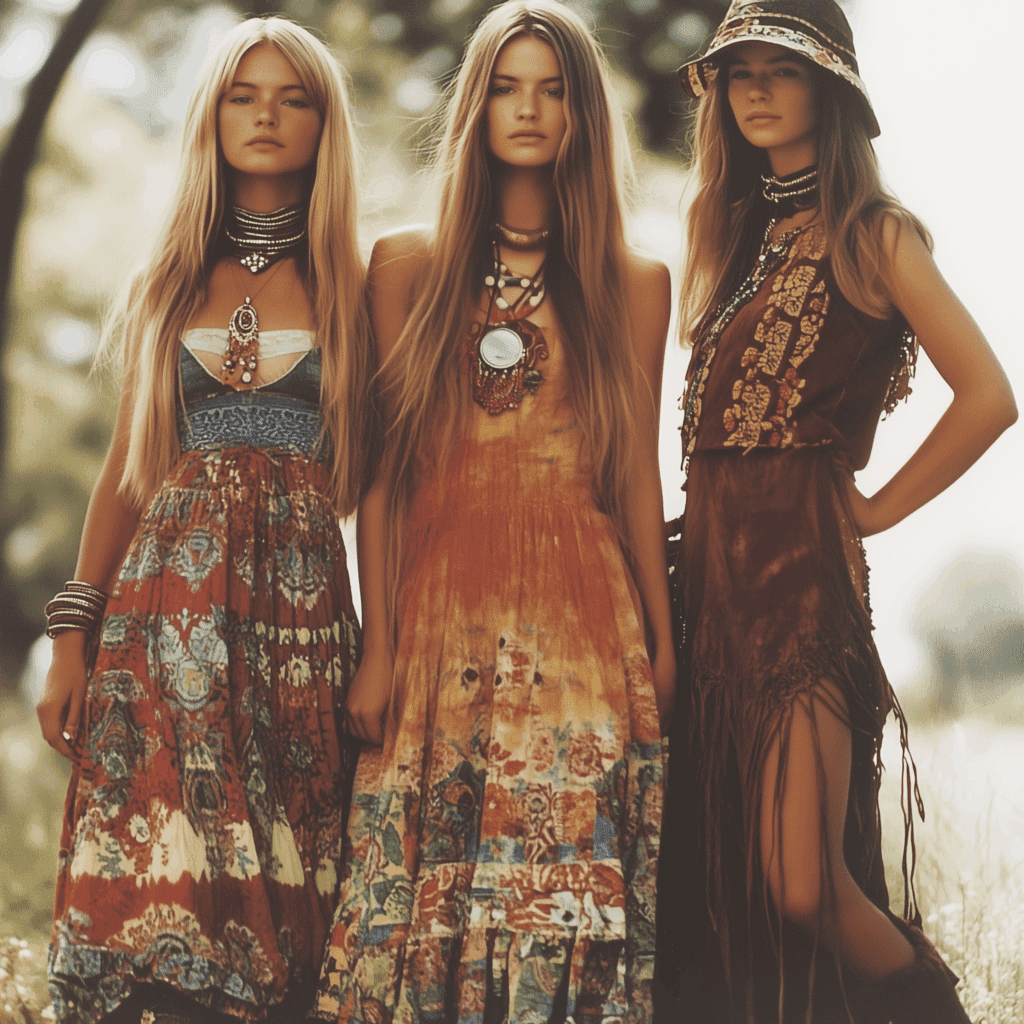
This signature style rejected the over-processed looks of the 60s and celebrated simplicity. It became widespread thanks to icons like Cher, whose sleek, waist-length hair and perfect center part became legendary. Achieving this style was low-maintenance — air-drying, brushing, and the occasional iron were all that was needed to maintain the desired flow and straightness.
Headbands, flowers, and natural waves often accentuated this easygoing style, aligning with the boho aesthetic. 1970s hair in this form wasn’t just about looks — it was about rejecting conformity and embracing authenticity, paralleling the era’s social and cultural shifts.
1970s Hair: Feathered Layers — Farrah Fawcett’s Iconic Influence
By the mid to late 1970s, 1970s hair underwent a dramatic transformation with the rise of feathered layers. Popularized by TV star Farrah Fawcett, whose tousled, voluminous hair on Charlie’s Angels became a global sensation, this style brought movement and glamor to everyday fashion.
Fun 1970s Hair Fact:
When Farrah Fawcett’s feathered hairstyle became a global sensation in the late 1970s, salons reported that up to 90% of female clients requested “The Farrah” cut — but Farrah herself admitted she often styled her hair herself, flipping it with just a round brush and a blow dryer at home!
The feathered look, crafted with precision by hairstylist Allen Edwards, defined 1970s hair fashion with its flipped-back waves and face-framing layers. Women rushed to salons requesting the “Farrah,” and for good reason — the style radiated approachable glamour.
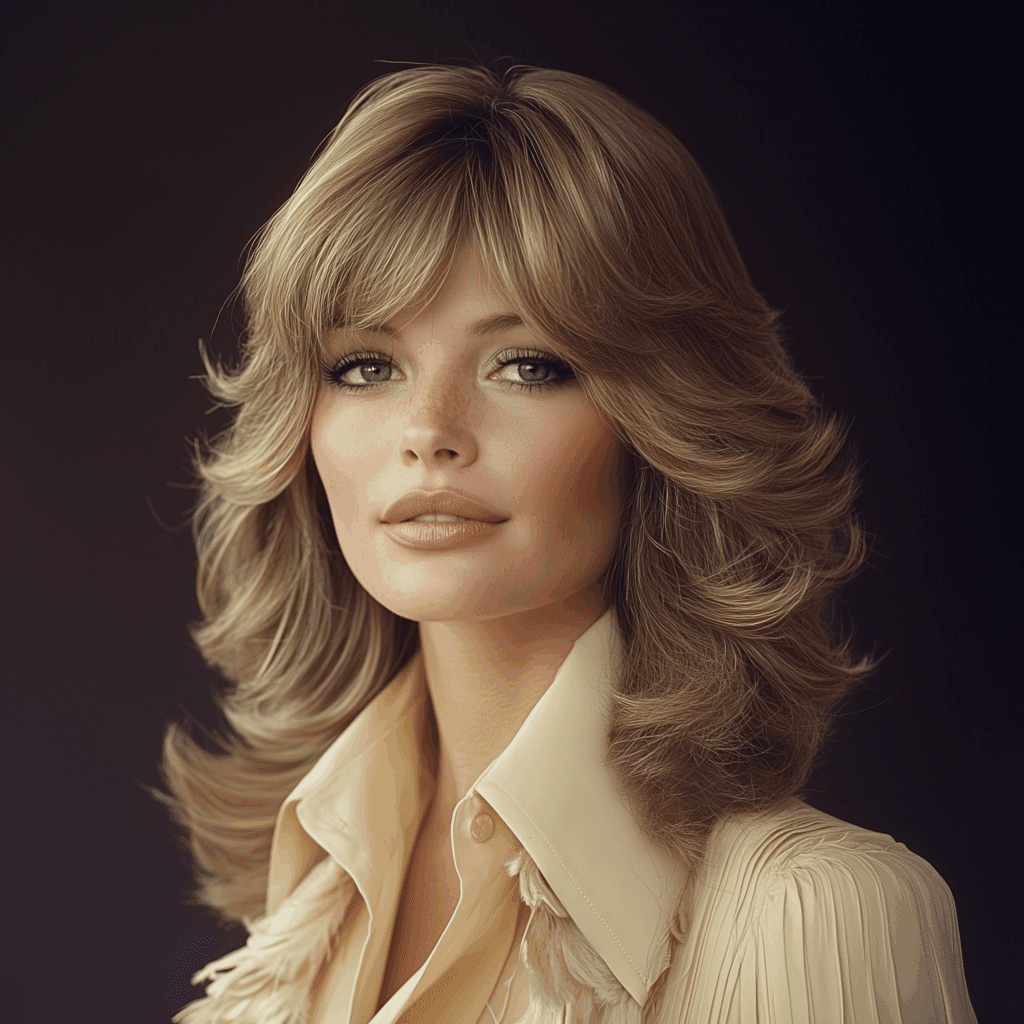
Creating this look wasn’t effortless, though. Blow-drying techniques, large rollers, and strategic layering were crucial. As Farrah’s posters adorned bedroom walls worldwide, her hairstyle symbolized the shift from natural hippie looks to meticulously styled, voluminous hair that ruled late 1970s hair trends.
1970s Hair: Afros and Natural Hairstyles — The Power of Identity in Black Communities
While feathered and straight hair styles defined much of 1970s hair fashion in mainstream culture, the afro became a defining symbol of Black pride and political resistance. Embracing natural textures and rejecting Eurocentric beauty standards, afros made a bold statement.
Prominent figures such as Angela Davis, whose afro became iconic within the Black Power movement, and performers like Diana Ross and Jimi Hendrix, showcased these stunning natural styles. 1970s hair trends in Black communities also included cornrows and dreadlocks, each celebrating cultural heritage.
However, wearing natural styles wasn’t without controversy. Workplace discrimination led to public debates and legal challenges, highlighting how something as personal as 1970s hair could reflect larger societal struggles. Despite these challenges, the afro and other natural styles left an enduring legacy that resonates in discussions about hair and identity to this day.
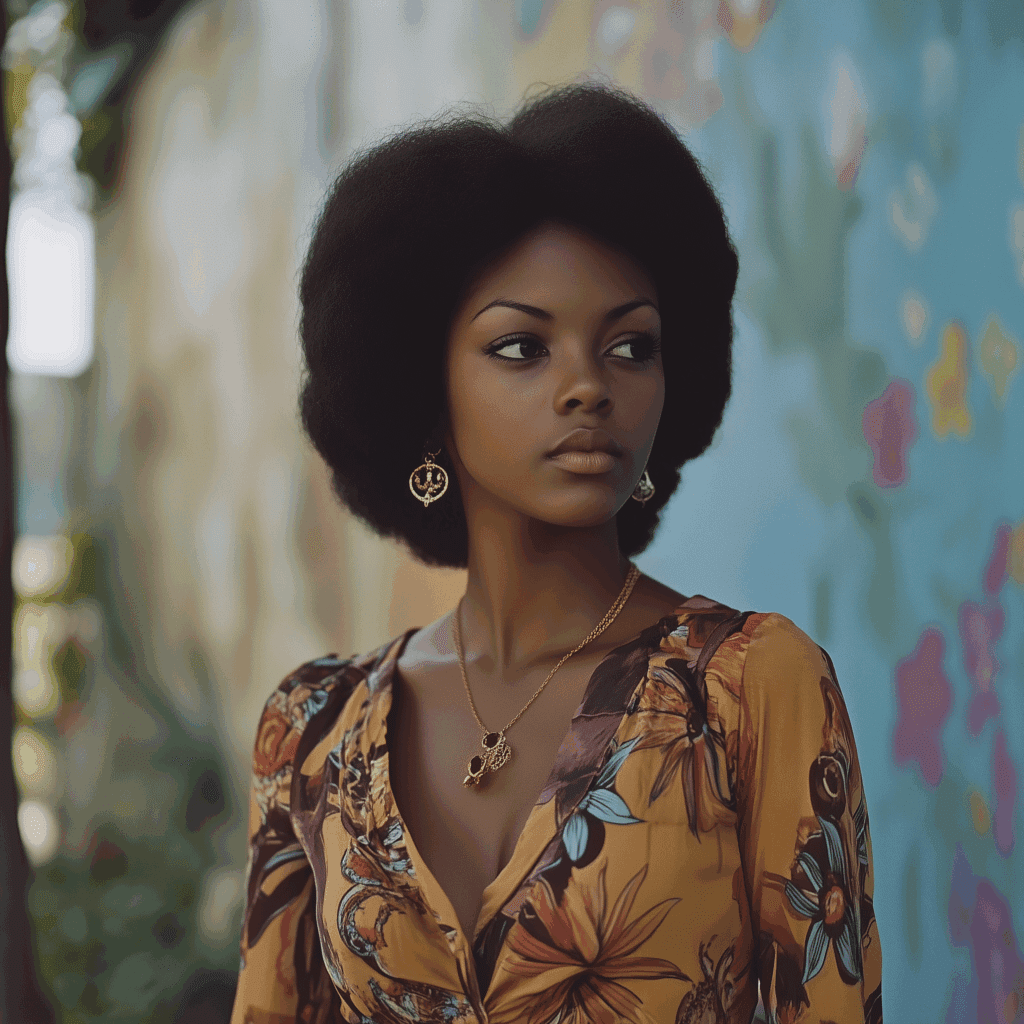
1970s Hair: Perms and Volume — The Disco Nights Glam
As the disco craze swept the late 70s, 1970s hair became more dramatic and voluminous to match the era’s glitz and glamour. Perms were essential for achieving the bold, bouncy curls that lit up dance floors.
Styles like the “disco wedge” — a structured, layered perm — complemented the dynamic and rhythmic nature of disco dancing. Stars such as Donna Summer, known as the Queen of Disco, and Diana Ross embraced big, glamorous curls, making voluminous 1970s hair styles synonymous with nightlife and high-energy fashion.
Though perms offered a stylish transformation, they also sparked discussions about hair health. The chemical processing needed to maintain these curls was intense, which later inspired innovations in hair care. Still, for a generation obsessed with Studio 54 and flashing lights, big hair was non-negotiable.
From the flowing, center-parted strands of hippies to Farrah’s feathered layers, powerful afros, and disco’s perm-fueled volume, 1970s hair was as diverse as the decade itself. Each style reflected deeper cultural movements — whether rejecting societal norms, celebrating heritage, or embracing glamour and self-expression. The legacy of these styles still influences modern fashion, proving that the hair trends of the 70s were about much more than just aesthetics — they were about identity, rebellion, and freedom.
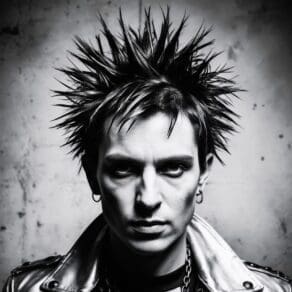
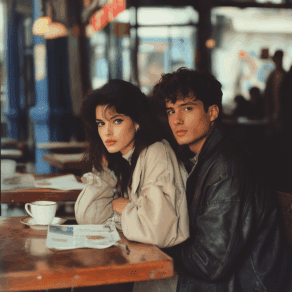
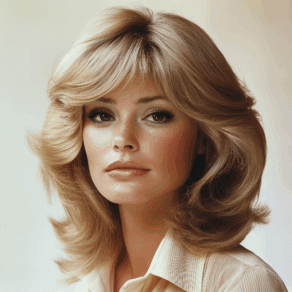
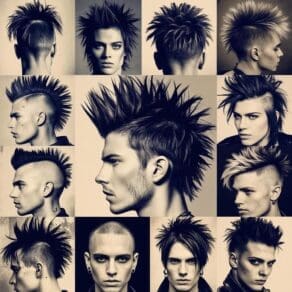
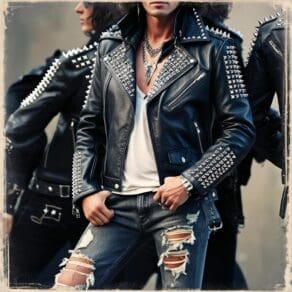
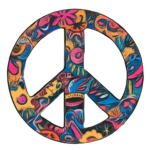
Leave a Comment